Separate Cockfosters scheme will see empty office block converted into 200 flats
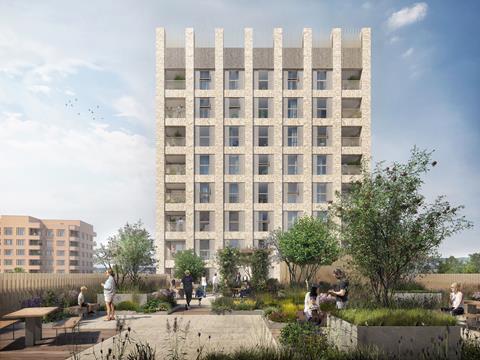
Proposals for 350 rental homes designed by Hawkins Brown and Mae with JCLA Landscape have been approved by Enfield council’s planning committee.
The scheme, on a 1.36ha plot next to and behind Cockfosters tube station in north London, will be delivered across four buildings between five and 14 storeys tall.
Connected Living London – a venture between private landlord giant Grainger and Transport for London – will also provide 4,200sq m of public space, bicycle parking and commercial space.
The tube station, which sits at the end of the Piccadilly line, was opened in the 1930s and is grade II listed.
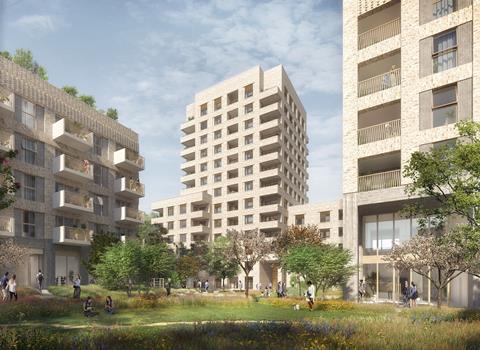
The Cockfosters scheme is the fourth by Connected Living London to get planning permission with other schemes to build a total of more than 1,000 homes approved for Southall and two in Lambeth.
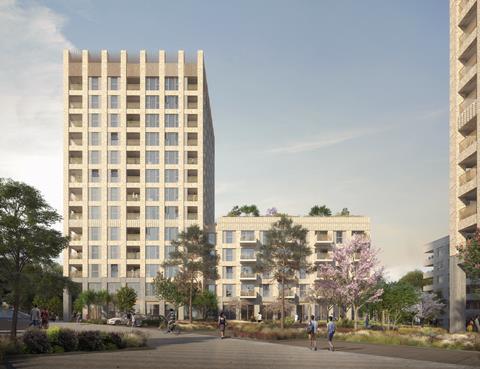
Marko Neskovic, partner at Hawkins Brown, said: “This optimisation of well-connected, publicly owned land is the kind of redevelopment London needs if we are to meet the challenge of the housing crisis.
“We’ve taken care to balance the complex requirements of this site with the potential it has to provide housing and our designs create 4,200sq m of publicly accessible open space, resulting in a net gain of more than 440% in biodiversity across the site.
”The redevelopment also provides public improvements that include new play facilities, a secure cycle hub, pavement widening and public realm improvements for users of Cockfosters Station.”
Others working on the job include QS Gleeds, engineer Atkins and heritage consultant Alan Baxter.
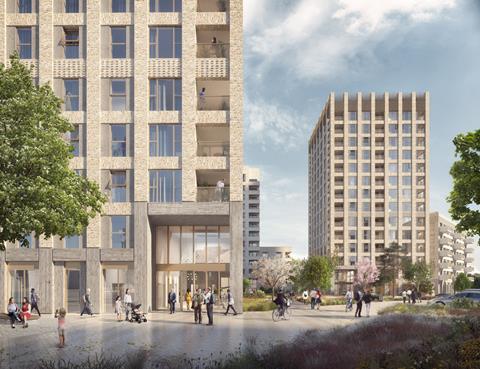
Meanwhile a disused office block close to Cockfosters station is being converted into more than 200 one- and two-bed apartments by Welwyn Garden City-based Chase New Homes.
The scheme at Blackhorse Tower was opposed by the council which said it was concerned about the impact office-to-resi conversion schemes have had on town centres.
Chase New Homes said the authority’s opposition was “astonishing” and added it had originally been refused planning because it had four parking spaces too many.
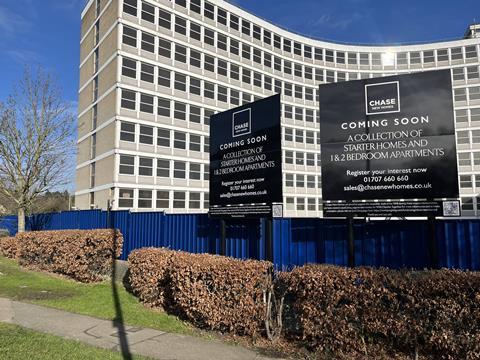
“We fail to see how any scheme can fail for this reason but refusing so many new homes like this does not seem to be in the public interest,” it added.
An inspector later sided with the developer after it appealed.
















No comments yet